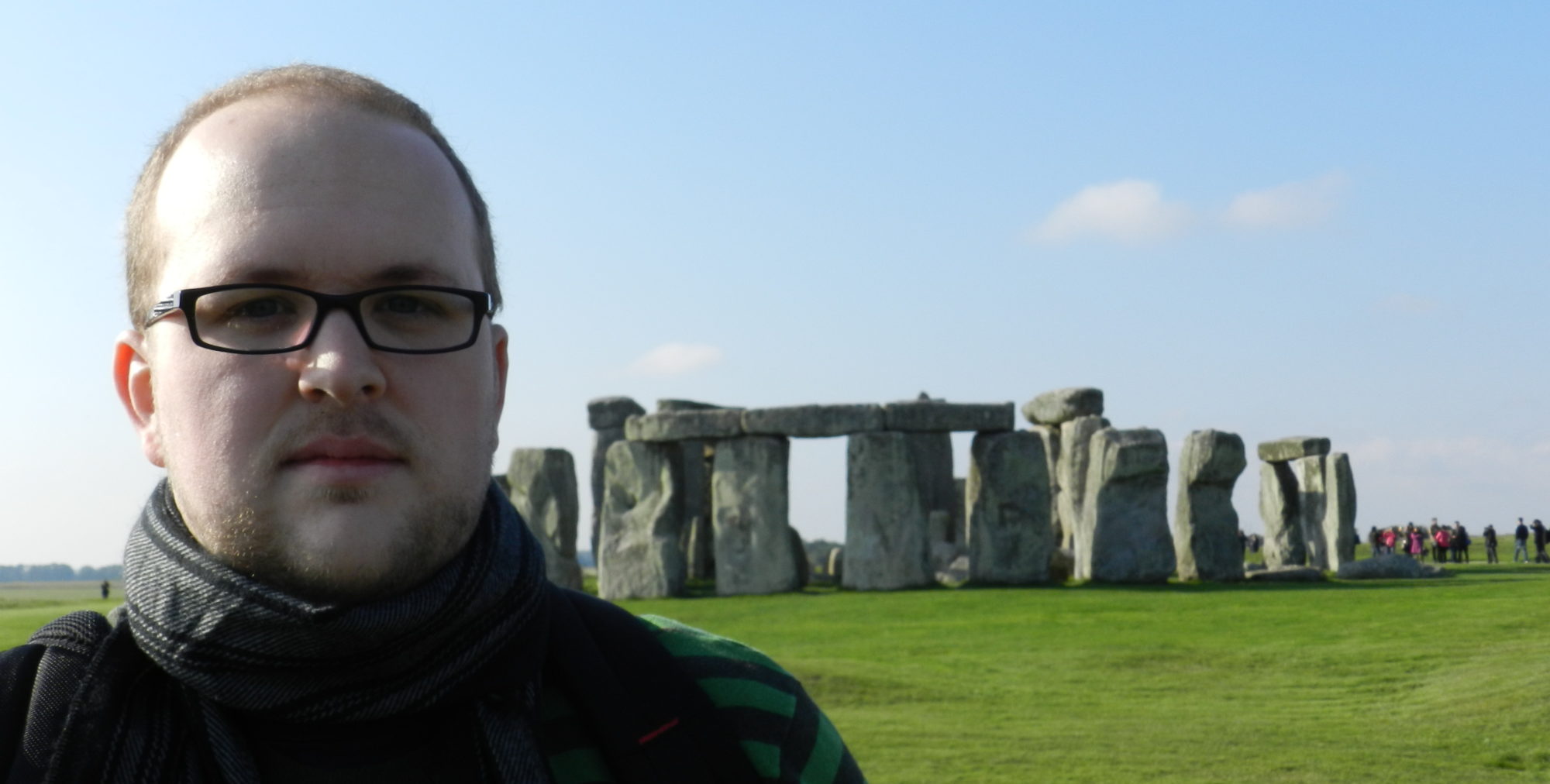Spoilers for Kingdom Hearts III follow. Also, this shouldn’t be taken as a “review,” as such. For what it’s worth, I enjoyed the game, though maybe not enough to justify 15 years (!) of development time. This is simply a vent(us)ing of frustrations.
At some point in Kingdom Hearts III, it becomes evident that the villain’s plan to bring together “thirteen vessels of darkness and seven guardians of light” isn’t just another excuse to bring in some Disney princesses. Every single one of those slots is going to be filled by a long-forgotten character from a previous game.
This 13+7 construction has been foreshadowed before, as far back as 2005’s Kingdom Hearts II. But it isn’t until the series’s latest entry starts really scraping the barrel for those 13 villains (15, really; there are a few replacements. It’s a whole thing.) that I realized the frustrating narrative problems this formula created. Characters whose deaths represented powerful turning points in previous entries show up out of the aether with not a hint of surprise from the rest of the cast. Minor one-off characters — like Chain of Memories‘ Riku clone introduced quite nakedly as a way to add Riku boss fights — are shoehorned back into the story, and we’re expected to act like we’re fully invested in their sudden character arcs.
And I can’t help wonder how this chicken-and-egg game started. Were these characters brought back, chopped and screwed to fit into the newest game because the director needed to find 20 characters to interact? Or was it the other way around, and the “guardians of darkness and light” was simply a justification for bringing back every single character who had ever muttered a line in any game, ever?
In the end, though, it doesn’t really matter which came first. And look, we’re all grown-ups here. Kingdom Hearts is not Moby Dick. It’s not even Grey’s Anatomy. It’s fanservice from it’s very conception, a lighthearted and simultaneously overserious romp through a mishmash of barely connected corporate media blockbusters. It’s a theme park in video game form. So why do I care so much?
The answer is, because even silly stories have power. When sequels ignore that power in favor of mindless pandering, they undercut that power.
Look, hey, I’m a writer currently knee-deep in sequel planning. I know how goddamn difficult it is to write something that raises the stakes, brings the excitement to a peak, fulfills all expectations and feels natural and organic, and I can only imagine how much that is magnified when expectations as high as they were for something as popular as Kingdom Hearts. But rule one — no, hell, Rule Zero, is that you can’t, you ABSOLUTELY CAN NOT destroy the themes and stakes of your previous volumes in order to bolster the current one.
And that leads us to the most most egregious example of bad storytelling in Kingdom Hearts III. In Kingdom Hearts II, the narrative quite clearly (and beautifully) builds to Sora and Roxas (the empty husk Nobody which Sora leaves behind when he temporarily transforms into a Heartless) accepting that they are two sides of the same person, both complete without one another. The gameplay mechanics further highlight this: Sora’s Final Form isn’t available until the two merge.
Birth By Sleep, the prequel to the original Kingdom Hearts, goes on to explain why Roxas has a heart, where most Nobodies remain empty. It’s the result of Ventus, a sleeping keyblade warrior, placing his heart inside Sora for safekeeping while he heals from a life-draining battle. Ventus’s heart fills Roxas’s shell, which is (presumably, though this is never explicit) why Roxas and Ventus look exactly the same. And have the same voice actor. And the same theme music.
Kingdom Hearts likes to play Calvinball with the exact definition of a “heart”: it’s something like a soul, though not quite the same, and it sometimes carries memories, but not always.
But who fucking cares about any of that, huh? The narrative construction of Kingdom Hearts III demands bodies, so bodies we’ll have. Even after Sora returns Ventus’s heart, awakening him from his slumber, we’re informed that Roxas’s heart still resides in Sora, and he of course appears out of the sky at the Plot Demanded Juncture to turn the tide of battle. This is never explained. The sudden differentiation of Sora and Roxas — and the resulting complete invalidation of Kingdom Hearts II — is never justified. The sudden appearance of a discrete heart for Roxas, separate from Ventus’s — undermining Birth By Sleep and making Ventus and Sora’s heart-to-heart connection narratively pointless — is not explained.
It happens because everyone loves Roxas, right? And we’re all supposed to clap and cheer because at the end of the day nothing matters, this is just Dragon Ball Z, we’re just supposed to chomp popcorn while watching some pointy-haired boys and girls (mostly boys, because this is Nomura we’re talking about) bat at each other with giant keys.
To be clear, I’m not asking for every single loose end to be burned. I don’t need a scientific explanation for every magical thing that happens in a fantasy video game. But if you’re going to salt the earth of your previous stories, you’d better at least handwave an explanation. KH3 doesn’t even do the bare minimum, in that regard.
Like a true Dad, I’m not mad. I’m just disappointed. I’m disappointed because I know stories — even silly, paradoxical, manic stories like Kingdom Hearts — are capable of more than this. I know stories like this are capable of being juvenile and absurd in the best ways, and still take their narrative, or more importantly their characters, seriously.
I guess the upshot is that newcomers should no longer feel like they need to try to digest two decades’ worth of backstory to understand the continuing story. Kingdom Hearts III tells us quite plainly that none of it really matters.

